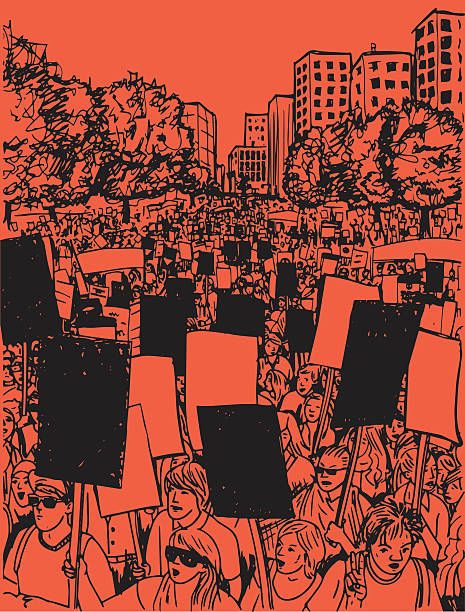Instructor: Carter
Thursday 5:00 PM-07:50 PM
This course addresses the communicative power of images. Class participants examine photography, film, sketch artistry, image-driven protest, designed space, and various forms of multimodal composition as dynamic transactions between rhetors and their audiences. Using various examples from each category, we place visual representations in historical context, assessing their meanings according to the cultural predispositions that reigned when the images first appeared. We also consider how those meanings change with time, looking especially at how they resonate within our local, contemporary moment.
As we discuss various theories and pedagogies of visual rhetoric, our early readings focus on the relationship between violent imagery and ideas of normativity in the US and ins transnational contexts. In contrast to scholarship that associates public deliberation solely with verbal rationality, those early texts tie democratic discourse to the circulation of pictures and the triggering of affective response. Such responses, our authors suggest, derive from modes of vision grounded in a complex array of social customs and expectations, many of which are so pervasive as to seem natural and apolitical. Theorists of visuality typically aim to denaturalize those habits, addressing the act of seeing not as a form of neutral perception but one mediated by culture, ideology, and (most significantly for our purposes) rhetoric. As the term unfolds, we bring visuality into conversation with multimodality, looking at how picture books contribute to political and aesthetic theory. From there, we consider how multimodal literacies develop within social and material ecologies. The particular ecologies we investigate will run from nineteenth-century popular science to twenty-first century digital reproduction, from the circulation of political memes to the circulation of energy between human and nonhuman forms of life.
